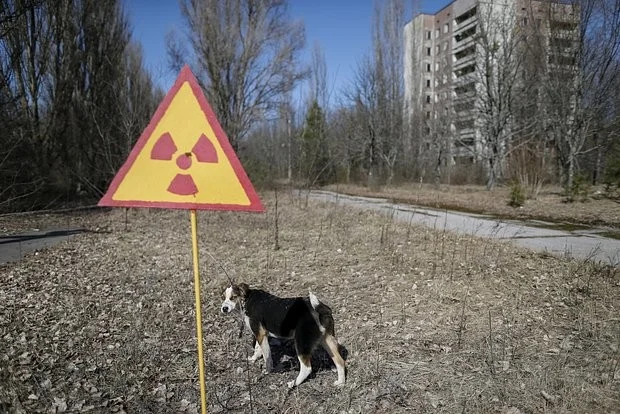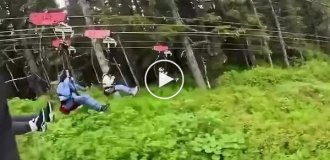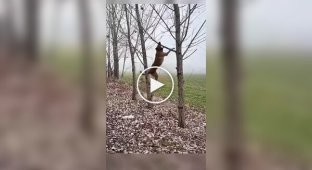Results of studying the genomes of wild dogs from Chernobyl and Semipalatinsk. Is it possible to control evolution? (5 photos)
Los Alamos, Fukushima, Chernobyl, Semipalatinsk - these are all traces of human activity. And with a minus sign. Accumulation of nuclear waste or man-made disasters at nuclear facilities necessarily affect the environment. 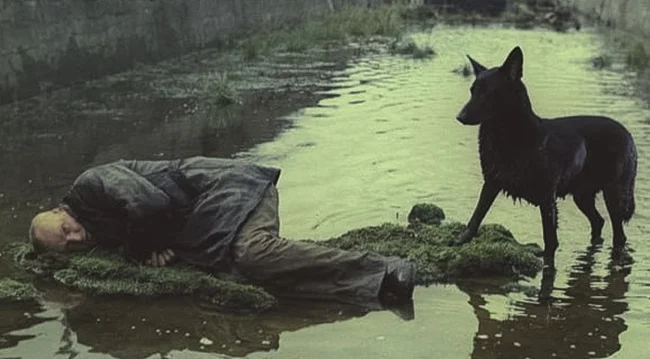
The main problem with such tragedies is that humanity has not learned to reduce radiation levels. If a leak occurs, the biosphere of the region will be greatly negatively affected.
Unfortunately, this is a reality that we are forced to acknowledge. And no matter how terrible it is, we must look at everything with optimism. The same cases in Chernobyl and Fukushima allowed us to observe the effects of radiation on wild plants and animals for decades. Remember the joke? That if you irradiate a person, he can learn to fly and read minds? Absurd, of course, but there is some truth in every joke. 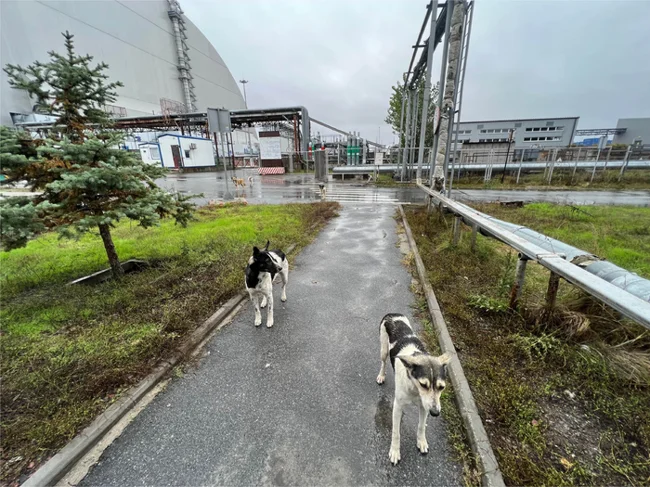
In 2003, a certain researcher from the USA, Harry Luckman, claimed that if you buy a radioactive metal or an object irradiated to the required level, then the effect of radiation on the owner's genes can turn off the aging gene or affect the genome so that in the future, in 1-2 generations, a superhuman with incredible abilities will be born. After several sad cases, Harry was sued, but unexpectedly for everyone, he won! In his recommendations, he also pointed out possible negative effects, but people "bought in" on promises of becoming immortal.
Personally, I have serious doubts about Lukman's conclusions. Hiroshima and Nagasaki were bombed 80 years ago, and not a single superhuman has been born there to this day. But there are plenty of mutations, including those incompatible with life. Nevertheless, the study of Chernobyl and Semipalatinsk wild dogs, to put it mildly, surprised scientists. In 2010, a group of researchers caught 9 wild dogs from the streets of Pripyat for laboratory analysis. 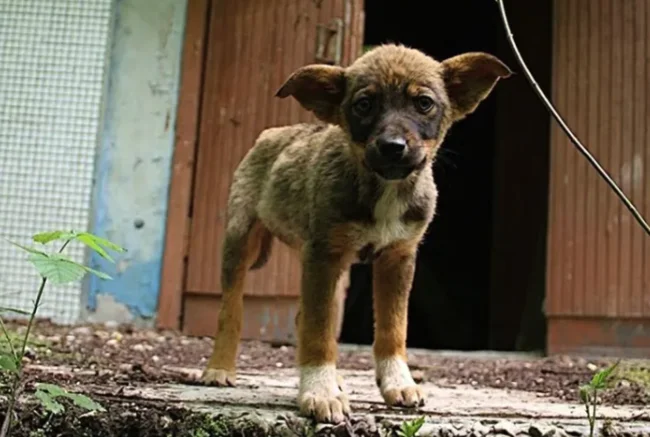
Animals from the Exclusion Zone were caught for study.
The goal was simple - to compare animals from the disaster zone with normal ones. It is clear that they are the descendants of irradiated dogs, and radiation should have affected them. Scientists expected to find a negative effect of radiation, but instead it turned out that Chernobyl dogs have more developed echolocation and hearing, and also, thanks to specific mutations, they distinguish even more smells than normal dogs, and are able to see well in the dark.
As for the negative effects, these animals had virtually no fear, they were not even afraid of fire, and the processes associated with memory were dulled. The memory capacity was reduced, the speed of recollection also decreased. This affected not only long-term memory, but also short-term memory. After just a few hours, the dogs from Chernobyl forgot that they would be painfully punished if they failed the test. For the sake of purity of the experiment, ordinary mongrels were taken, and their thought processes turned out to be an order of magnitude higher.
In 2011, the same group of specialists took 4 individuals from the outskirts of Semey (Semipalatinsk). Their indicators were partially different - the effect of radiation was lower. Nevertheless, as in the case of the Chernobyl variants, they showed a decline in cognitive functions and intelligence, but an increase in hearing, vision, smell, and the development of echolocation abilities. That is, in fact, the results of the studies were confirmed. The radiation affected the animals almost equally, worsening some and improving others. 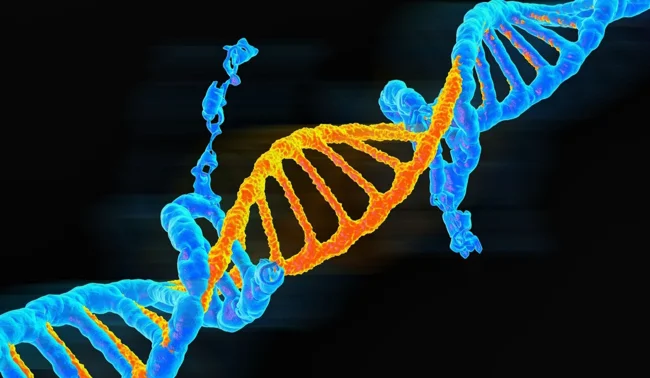
The genome of those living in places exposed to radiation changes due to accelerated mutations.
A similar discovery was made overseas by geneticists who studied wild dogs in Los Alamos (a place where radioactive waste is stored). Up to 10% of their genes responsible for the formation of various receptors were changed. The animals distinguished colors differently than their fellows, in addition, they incorrectly estimated the size of an object when focusing their gaze (large objects seemed smaller). The intelligence of 90% of the individuals studied was reduced by about a third. As the study showed, mutations can be both negative and positive.
What is the evolution of an organism? This is when, as a result of mutations, a creature acquires new skills. But there is not only evolution, but also involution. When it loses some skills as a result of mutations, and, in return, receives nothing.
So, we have come to an important point – is it possible to influence the course of evolution with the help of radiation? And if so, how can we learn to provoke exclusively positive, useful mutations that do not affect the organism itself and its offspring? Very interesting questions that humanity has yet to answer. 